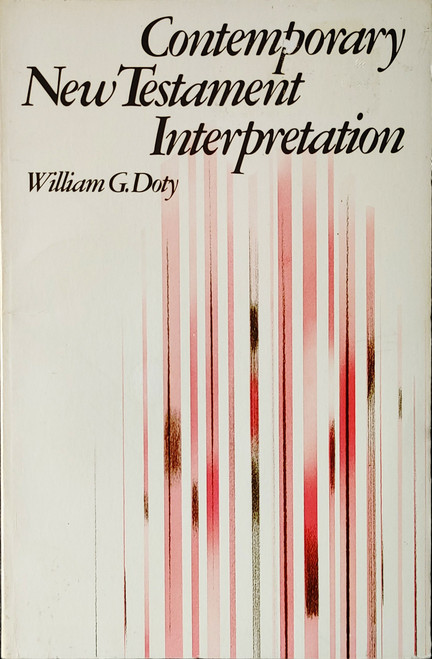Charles Alexander Eastman (1858-1939) was a mixed-blood Sioux. His maternal grandmother, daughter of Chief Cloudman of the Mdewankton Sioux, was married to a well-known western artist, Captain Seth Eastman, and in 1847 their daughter Mary Nancy Eastman became the wife of Chief Many Lightnings, a Wahpeton Sioux. Their fifth child, Charles Alexander Eastman, as a four-year old was given the name Ohiyesa (the Winner). During the Sioux Uprising of 1862 Ohiyesa became separated from his father—his mother had died soon after his birth-and fled from the reservation in Minnesota to Canada under the protection of his grandmother and uncle. There he was schooled in the Indian ways until the age of fifteen, when he was reunited with his father, who took him back to his homestead in present South Dakota.
Eastman went on to become one of the best-known Indians of his time, receiving a Bachelor of Science degree from Dartmouth in 1887 and a medical degree from Boston University three years later. From his first appointment as a physician at Pine Ridge Agency, where he witnessed the events that culminated in the Wounded Knee massacre, he sought to bring understanding between Native and non-Native Americans. In addition to two autobiographical works, Indian Boyhood (1902) and From the Deep Woods to Civilization (1916), Charles Eastman wrote nine other books, some in collaboration with his wife, Elaine Goodale Eastman (who has told her story in Sister to the Sioux, also a Bison Book).
In The Soul of the Indian, first published in 1911, the author's aim has been "to paint the religious life of the typical American Indian as it was before he knew the white man."
About the Author
Charles Alexander Eastman is unique among Indian writers, whether storytellers or oral historians. He was raised traditionally, as a Woodland Sioux, by his grandmother, from 1858 - 1874, until he was 15. He thus gained a thorough first-hand knowledge of the lifeways, language, culture, and oral history.
His father (thought to have been hanged at Mankato, Minnesota) reappeared and insisted he receive the white man's education. Educated at Dartmouth and Boston University medical school, Eastman became a highly literate physician, who was the only doctor available to the victims of the Wounded Knee massacre in 1890 -- a major historical event, often described as "ending the Indian wars".
Other Indian writers of this period were either entirely acculturated -- had never lived the traditional life of their people or been educated out of their native knowledge -- or were not literate, and were able to provide only "as told to" materials, through the filters of interpreters and non-Indian writers. Eastman had the lifeways and historical events experiences, and he did not need the literary filters of translators and white anthropologists or collectors.







